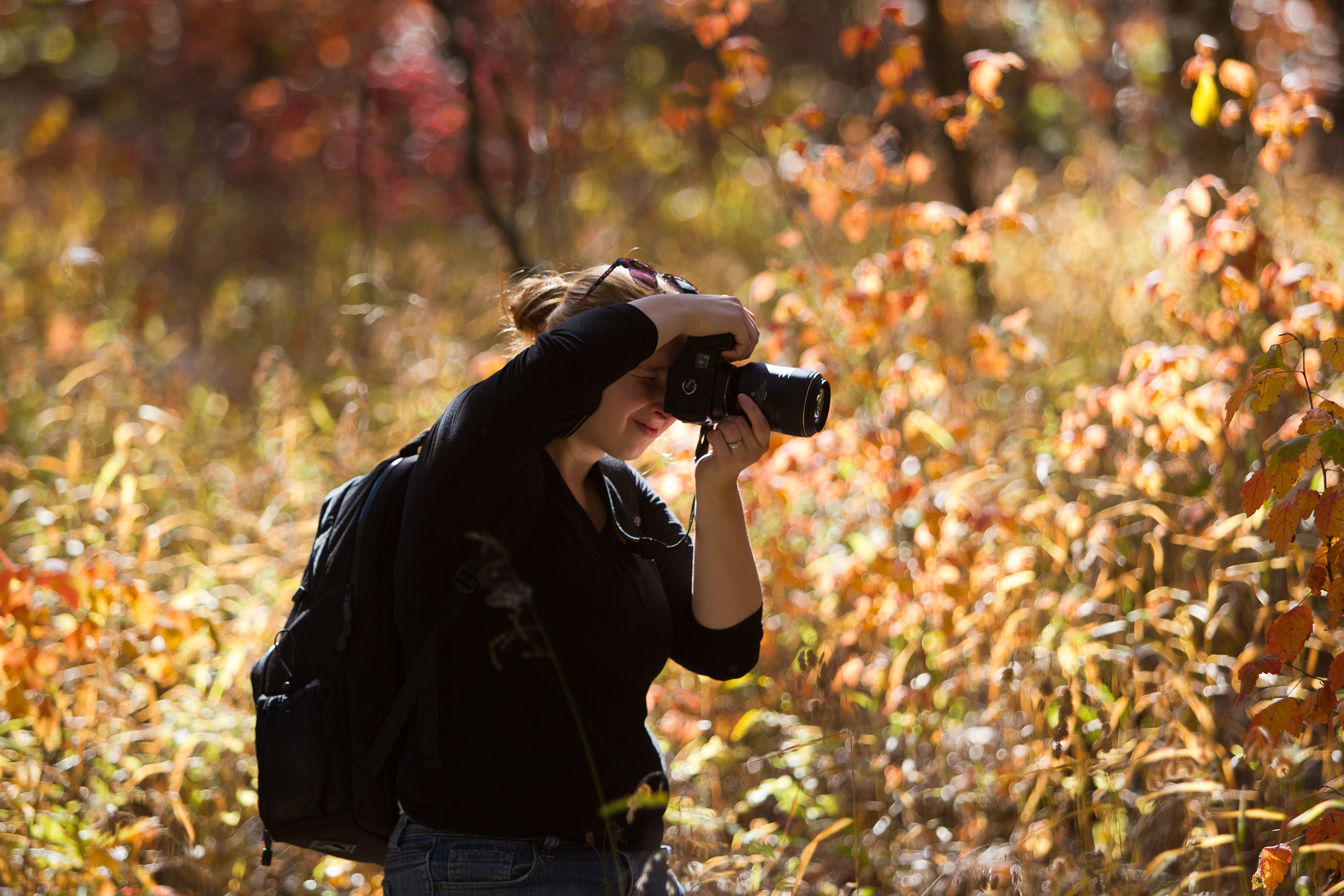Calling all photographers! Whether you’re a professional or just like snapping photos on your phone, the Missouri Department of Conservation invites you to head on out to one of our largest Conservation Areas in the state this summer. With nearly 7,000 acres of land and a wide variety of habitats, Busch Conservation Area is host to hundreds of species of wildlife. From Cormorants on the lake, Turkeys in the fields, and Beavers in creek, the possibilities of spotting some of our incredible Missouri wildlife are endless!
Starting May 1st, photos submitted via email to Sabrina.Hansen@mdc.mo.gov will be printed and displayed in the entrance of the St. Louis Regional Office within Busch CA for visitors to view and vote for their favorite photo of the week! You can also post your submitted photos on Facebook or Instagram using #BuschWildlifeoftheWeek. Fan favorite photos will be hung in the hallway of the Regional Office for all to enjoy throughout the summer season. The last day to submit summer photos will be August 31st.
Photos submitted MUST be taken at August A Busch Memorial Conservation Area, or our next-door neighbor Weldon Spring Conservation Area. Description of the location on either Conservation Area must be included in your email submission. Photo must include native Missouri wildlife, trees, or plants.
While we encourage participants to spot and photograph our flora and fauna, we ask that you remain at a healthy distance from any wildlife and respect all living things on our areas while also following all area regulations.
MDC photographers offer the following tips to help create the best photos: Try going during the early morning, or later into the evening. The light is usually much better during these times than the harsher, midday sun. Soft, cloudy days can also make for some pleasing light. Don’t forget to fill the frame with your subject—close-up photos tend to be much more engaging that subjects seen from a distance. Consider pulling out a macro or closeup lens. There are amazing details to be discovered in our native plants, and a host of tiny and cool insects and pollinators. And finally, be creative and don’t be afraid to experiment.
You can also consult MDC’s online Field Guide at mdc.mo.gov/discover-nature/field-guide for more information about native wildlife and their habitats and behaviors.






















